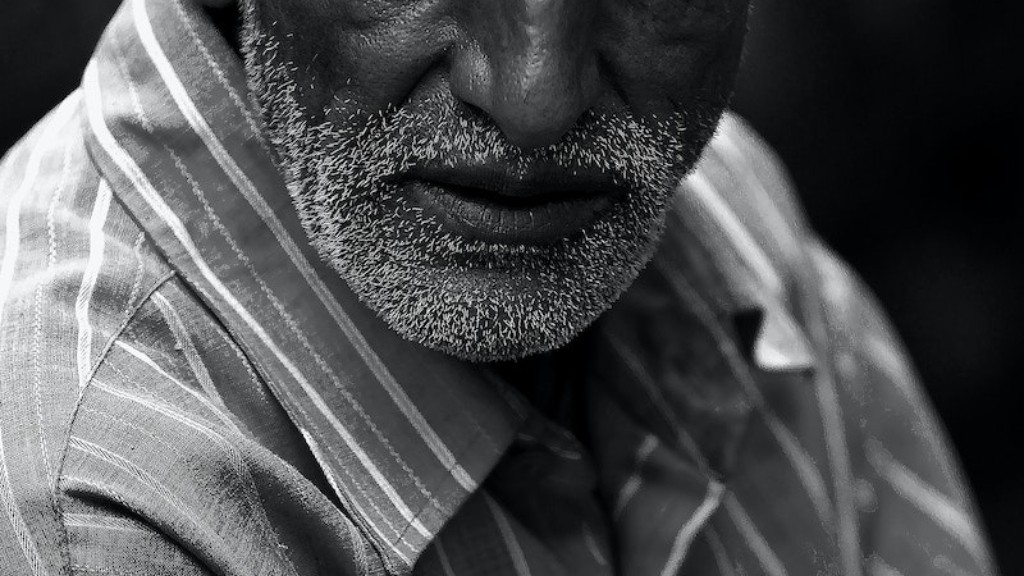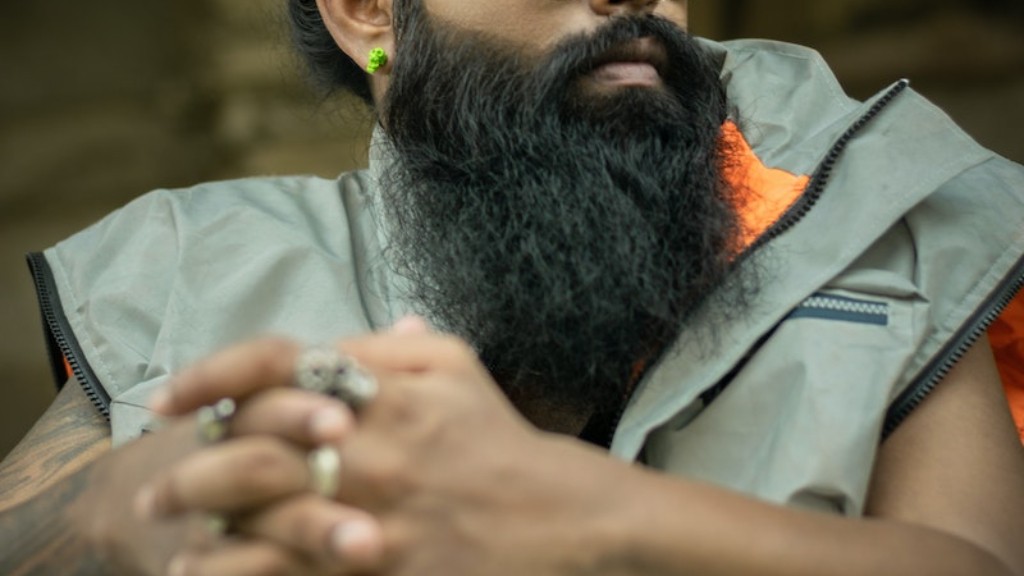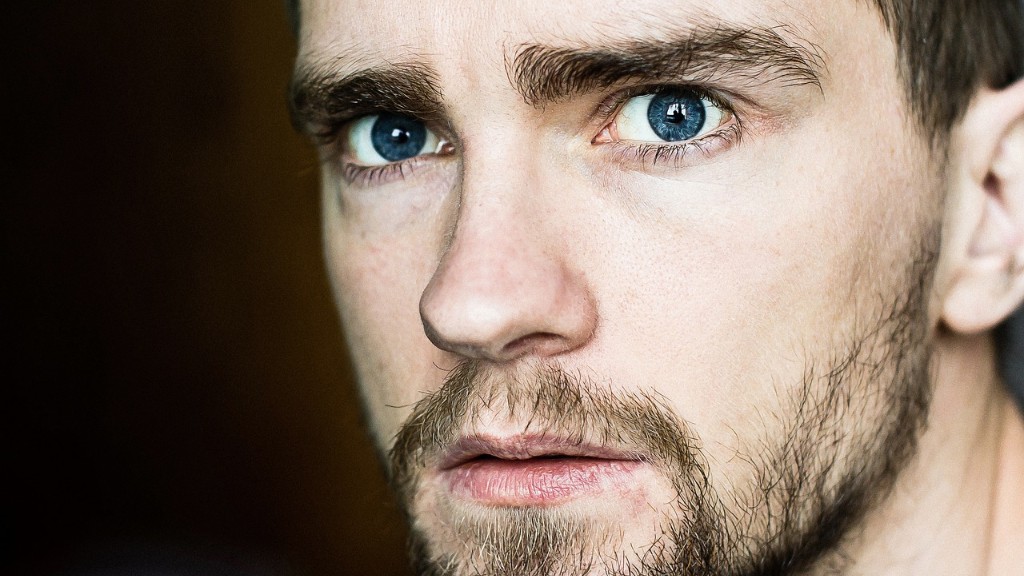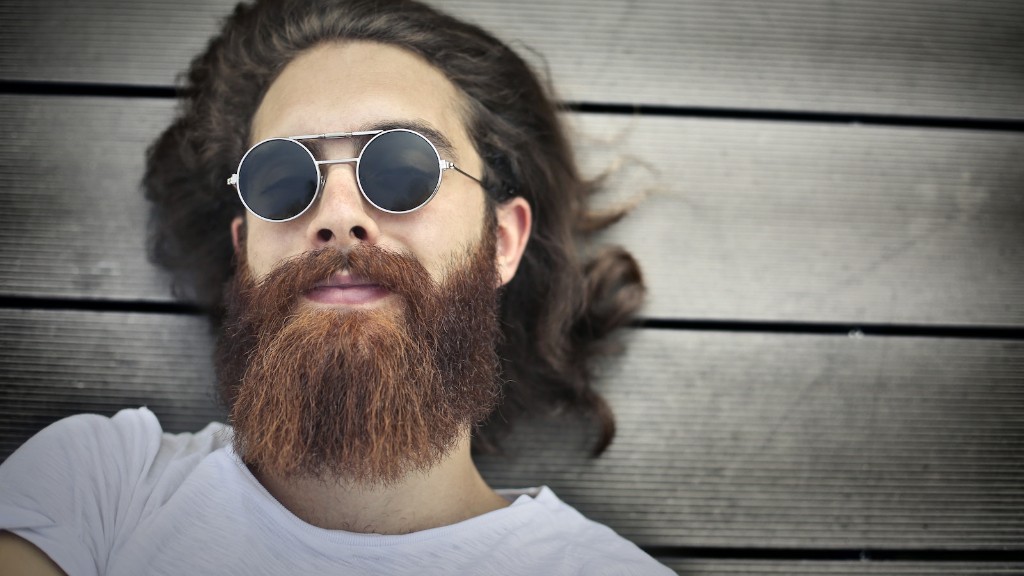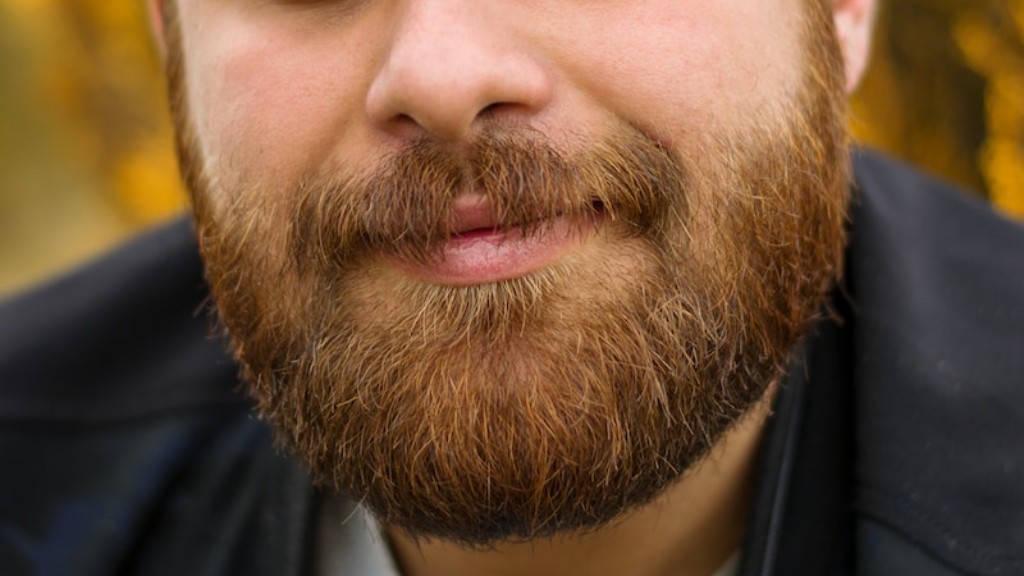There is a common misconception that beard hair cannot be transplanted to the head, but this is not the case. While the hair follicles in the beard are typically thicker and coarser than those on the head, they can still be transplanted successfully. The key is to find a skilled surgeon who has experience performing this type of procedure.
Beard hair can be transplanted to the head, but the results may not be as desired. The hair follicles in the beard are much thicker than those on the head, so the transplanted hair may appear course and less natural. In addition, the hair follicles in the beard are oriented in a different direction than those on the head, so the transplanted hair may not lay down correctly. It is important to consult with a hair transplant specialist to see if this procedure is right for you.
Which hair can be transplanted to head?
Body hairs from the legs and arms are finer and shorter compared with hair from the scalp donor area. These hairs are suitable for hairlines and temple areas, producing a softer and natural final appearance. They are also suitable for the repair of previously transplanted harsh hairlines.
Facial hair transplants can be a great option for those looking to improve their appearance. The cost can vary depending on the number of hairs transplanted and the patient’s specific needs, but the results can be well worth the expense. There are different payment options available, so be sure to speak with your doctor about what would work best for you.
Can hair from body be transplanted to head
There is still lack of evidence when it comes to the long-term efficacy of transplanting body hair to the scalp to treat extensive baldness. There are very few published reports on this topic and the routine use of this technique is still controversial. More research is needed in order to determine the effectiveness of this method in the long term.
The donor site heals completely within the first 7 days after surgery. The transplanted hair follicles will fall out in about 4 to 6 weeks; follicles will start to grow again at 12 weeks and will continue to grow throughout life.
Can pubic hair be transplanted to the scalp?
There are two main types of hair transplantation: follicular unit transplantation and follicular unit extraction. In follicular unit transplantation, healthy hair follicles are taken from a donor area on the scalp and transplanted to the thinning or balding area. In follicular unit extraction, individual follicular units are extracted from the donor area and transplanted to the thinning or balding area.
Hair transplant surgery is not recommended for patients with diffuse unpatterned alopecia, cicatricial alopecias, alopecia areata, or unstable hair loss. Patients with insufficient hair loss may not be ideal candidates for hair transplant surgery. Young patients should be aware that hair transplant surgery may not be right for them. Patients with unrealistic expectations may be disappointed with the results of hair transplant surgery. Patients with psychological disorders may not be good candidates for hair transplant surgery.
How successful is hair transplant from beard?
Beard is one of the best donor areas that can contribute to the results of a good hair transplant. Thickness of each beard follicle is typically approximately twice of the scalp donor hair, and thus, it increases hair volume.
The answer to whether or not you should get a beard transplant in your early 20s really depends on what you want and what you’re comfortable with. You won’t cause any harm by having the transplant at a young age, but if you’re willing to wait a bit, your facial hair will likely thicken on its own as you approach age 30. Ultimately, the decision is up to you and what you’re comfortable with.
Are beard transplants risky
Beard transplants are still a relatively new procedure and therefore there is not a lot of data on the success and failure rates. However, from the data that is available, it seems that failure rates are relatively low. This is likely due to the fact that the donor area is usually carefully chosen and the transplant surgeon is experienced.
Overall, graft survival rates are quite high, especially for scalp hair. However, there is a wide range in the reported percentage of body hair grafts that survive, so more research is needed in this area.
Can you transplant hair from neck to head?
Donor hairs are individually extracted from around the beard and neck area before being transplanted into the balding areas of the scalp. Although some red, pin prick-like marks will appear around the scalp following the surgery, these will heal around two weeks after the operation.
There are a few factors that can affect graft survival rates, including the type of surgery performed, the skill of the surgeon, and the health of the patient. In general, though, survival rates are quite high, and patients can expect to see good results from their hair transplant surgery.
How many hairs do I need for a full beard transplant
If you are considering a full beard transplant, you can expect to need 2,500 to 3,000 hair grafts. You may also need additional grafts for your sideburns and mustache, depending on your personal goals. The best way to determine how many grafts you will need is to consult with a board-certified hair transplant surgeon.
A beard transplant is a surgical procedure that is used to restore hair to the beard area. The procedure is sometimes necessary for men who have lost all or most of their beard hair due to injury, illness, or genetic conditions. Beard transplants are performed by experienced hair transplant surgeons using the best techniques and equipment available. When done correctly, the transplanted hair looks completely natural and indistinguishable from the surrounding beard hair.
How painful is beard transplant?
Beard transplants are relatively painless procedures. Most of our surgeries are completed as outpatient procedures using local anesthesia, so you won’t experience anything other than minor discomfort. You may experience slight swelling or redness for a few days, but overall the procedure is quite tolerable.
A hair transplant is a surgical procedure that moves hair follicles from a part of the body called the donor site to a bald or balding part of the body called the recipient site. It is typically used to treat male pattern baldness. In this procedure, grafts containing hair follicles that are genetically resistant to balding are transplanted to the bald scalp.
The donor site is usually the back of the head where hair is plentiful and follicles are genetically resistant to balding. The recipient site is the bald or balding area of the head.
Hair transplants are considered permanent because the hair follicles are taken from areas of the head that are not affected by balding. However, it is important to note that the hair transplants will not stop the progression of hair loss and may eventually be lost as well.
Warp Up
Yes, it is possible to transplant beard hair to the head. This is sometimes done to help restore hair growth in people who have experienced pattern baldness. The transplanted hair will typically grow in the same direction as the beard hair, so it is important to consult with a hair transplant specialist to ensure that the transplanted hair will look natural.
Yes, beard hair can be transplanted to the head. This is a common procedure that is done to help people who are balding. The hair from the beard is usually a good match for the head and it can help to give the illusion of a fuller head of hair.
